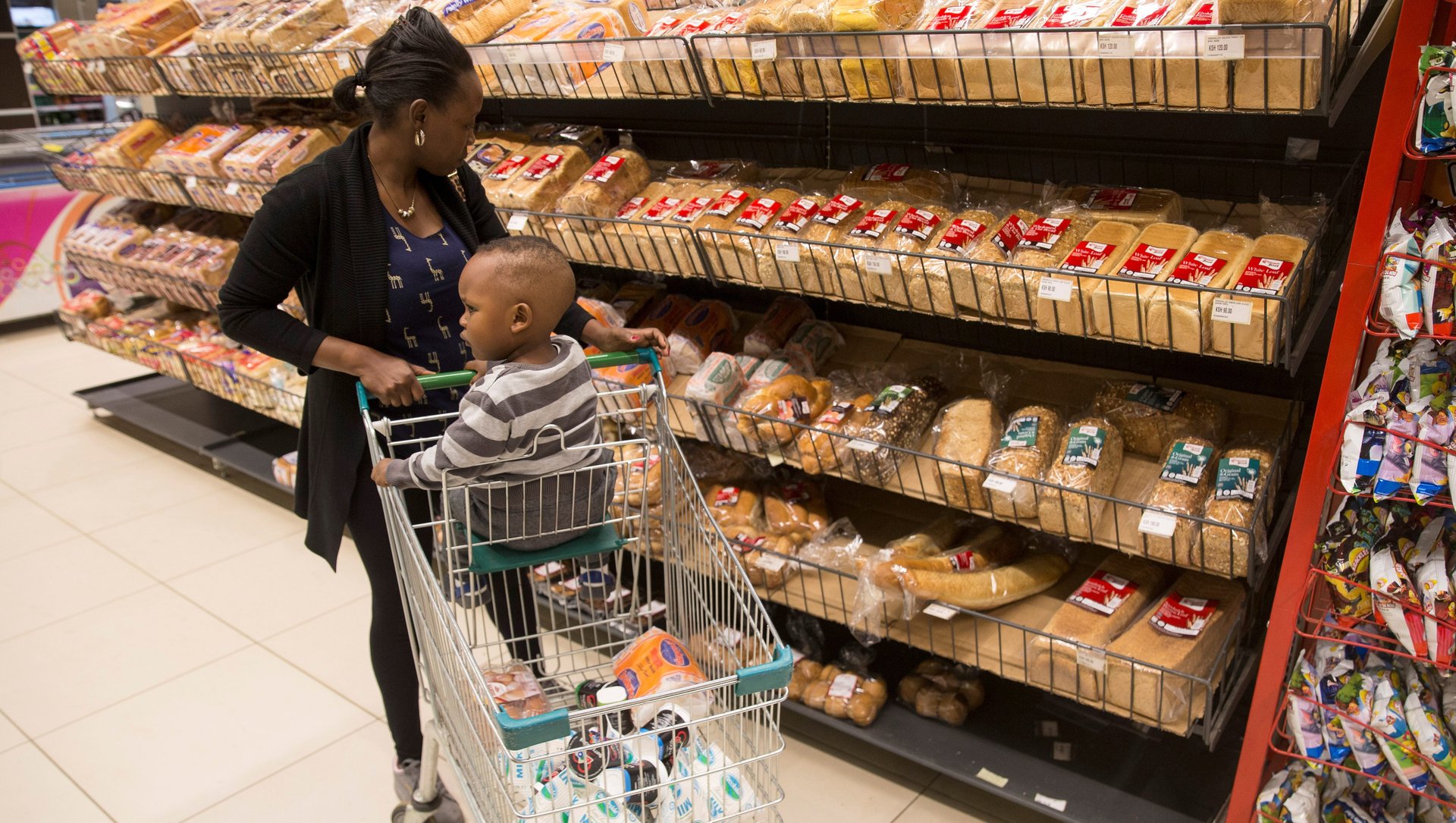A biting drought and rising inflation are hampering Kenya’s economic growth
Kenya’s rain-fed farming sector is being battered by a severe drought that is curtailing crop production, lifting food prices, and straining the economy. In addition to killing thousands of herds, and inducing violence and arson in pockets of the country, poor seasonal rains can also be blamed for pushing inflation rates to a five-year high.


Kenya’s rain-fed farming sector is being battered by a severe drought that is curtailing crop production, lifting food prices, and straining the economy. In addition to killing thousands of herds, and inducing violence and arson in pockets of the country, poor seasonal rains can also be blamed for pushing inflation rates to a five-year high.
The year-on-year inflation rate stood at 11.48% in April—the highest it has been since May 2012, according to the Kenya National Bureau of Statistics. The food and non-alcoholic drinks index is rising faster than the overall inflation rate, up 21% in April from a year ago. This has led to surging prices for staples like maize, sugar, and milk, with some of the largest stores reporting that they can’t even stock maize flour because of shortages.
The soaring inflation comes at a time when East Africa’s largest economy is decelerating, according to the World Bank, with rising energy prices dampening overall economic activity. The agricultural sector has also faced challenges beyond the drought, with plummeting global commodity prices affecting tea export revenues, and economic sluggishness in Europe weakening the demand for horticultural products. A survey by research firm IPSOS-Kenya released in February reported worsening economic conditions among Kenyan households. The United Nations recently put Kenya’s unemployment rate at 39%, the highest in east Africa.
The issue of food prices and the cost of living is the subject of heated discussion in Kenya, as the country prepares for a general election in August. On social media, hashtags like #CostOfLivingKe are being used to air concerns.
Kenyan president Uhuru Kenyatta says his government is “doing everything” it can to lower the prices. But opposition leaders accuse his administration of failing to cushion Kenyans from the effects of drought.
Members of parliament are now debating a bill aimed at curbing the rising food prices while opening the window for importing duty-free maize into the country. Authorities will also import 100,000 tons of sugar in the coming months in order to make up for the drop in cane production.
But as experts have pointed out, the proposed solutions don’t look into the future and are unlikely to guarantee long-term economic viability and sustainability. While the economy is expected to rebound and grow to 5.8% in 2018 and 6.1% in 2019 according to World Bank estimates, more durable solutions are needed to avoid a repeat of the current crisis.